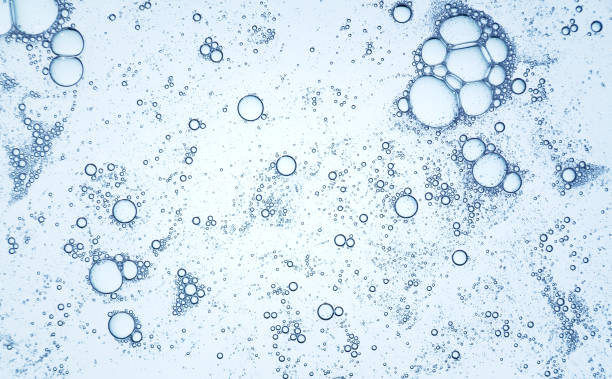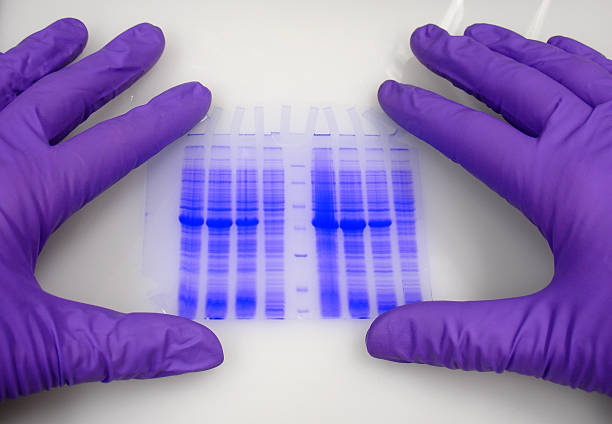There are several essential components to the biological and chemical processes of life. On a cellular level, there are certain building blocks or compounds that, as their name implies, construct the framework of life. When these substances are combined with other substances, they serve an essential functional purpose.
Thanks to molecular research and biochemistry advancements, it is now possible to produce or combine chemicals in a lab and use them for diverse purposes in medicine, industry, pharmaceuticals, etc.
What is Peptides?
In the human body, peptides are long chains of amino acids. A peptide doesn’t include as many proteins as amino acids, but these amino acids serve as protein builders. Peptides can also be produced in laboratories and are identical to your body.
The development of recombinant proteins, protein synthesis, and other cutting-edge techniques has become increasingly common in science and research. In addition to offering services like protein expression and purification, recombinant protein expression.
n, and monoclonal antibody sequencing, many commercial gene synthesis and peptide synthesis companies are heavily used for their use in the pharmaceutical industry.
These commercial agents also research Elisa kits, e-coli protein aggression, and antibody sensitivity, offering peptide synthesis services.
Peptides are widely used in research to improve drug therapy for diabetes and sclerosis. Research has revealed that some peptides benefit your skin, muscles, and body weight. There are various kinds of peptides, such as:
- Dipeptides
- Tripeptides
- Oligopeptides
- Polypeptides
How are Peptides Synthesised?
Peptides are created by assembling a chain of amino acids, as was previously described. The carboxylic acid of one amino acid joins the amine group of another acid during the manufacturing process. Every amino acid has a particular functional group, the R group, which gives them individuality.
This functional R group often determines a peptide’s general shape, structure, and property. We must first comprehend the function of amino acids, mainly when they are employed to synthesize peptides, to comprehend the complexities of peptide formation fully.
The amine group of amino acids must be sufficiently protected during synthesis to prevent unintended reactions. To accomplish this, a substance known as FMOC is used.
However, the FMOC from the side of the amine group needs to be eliminated before the attachment between the two amino acids is finished. You can maintain the FMOC on one side of the amino acid to prevent it from connecting with itself.
The two traditional methods of peptide production are:
- Liquid phase peptide synthesis:
- Solid phase peptide synthesis (SPPS)
Importance of Peptide Synthesis
Purification
One of the essential activities in peptide synthesis can be removing unwanted components or residual effects from the amino acid coupling. What makes purification difficult is identifying the unnecessary substance primarily because they look so similar to the desired products. Some of the common impurities that can be found during or after the procedure are:
- Deletion peptides
- Truncated peptides
- Scavengers
- By-products of protection elements
Since the impure materials are distinctly similar to the outcome, the identification process must be very particular. UV peak detention and reversed-phase high-performance liquid chromatography can be used to seek impure materials.
However, during this procedure, ensure that the inherent qualities of the synthesized peptide are preserved, and only the impurities are removed.
To accomplish this smoothly, the stability of the chemicals concerning, exceptionally, their acidic, basic, and neural eluted solvents. Additionally, since the natural properties of a peptide depend upon the sequential and compositive nature of the amino acids they are bonded with, their impurities also show similar characteristics; hence it’s essential to separate them diligently.
Deprotection and Resin Cleavage
Removing all side chain protective components utilized during the synthesis process of the peptide, particularly the detachment of the peptide from the supported resin, is a vital step after the FMOC SPPS method has been used to complete the synthesis process.
If this task is not finished, there is a good possibility that the freshly synthesized peptide will be damaged and that amino acids will connect with other substances that contain amine groups. The term “deprotection” also applies to this process. The FMOC SPPS system typically uses TFA to the peptidyl resin.
Since the characteristics of the amino acids and their makeup determine the circumstances for cleavage. There are unique difficulties associated with each separation. Regardless of the scale of the entire process, you can complete the cleaving process if you have a thorough understanding of resin behavior. There are various methods used for deprotection and resin cleavage. Some of them are:
- General TFA cleavage
- TMSBr cleavage
- Diluted TFA cleavage
- TFE/DCM cleavage
- Borohydride cleavage
- Oxidative cleavage
Conclusion
Understanding the complexities of molecular substances and their conventional responsibilities in your body, such as development, healing, and energy supply, requires a critical biological method called custom peptide synthesis.
These services are being increasingly utilized by peptide synthesis firms for additional study into the field so that new improvements may be produced.







